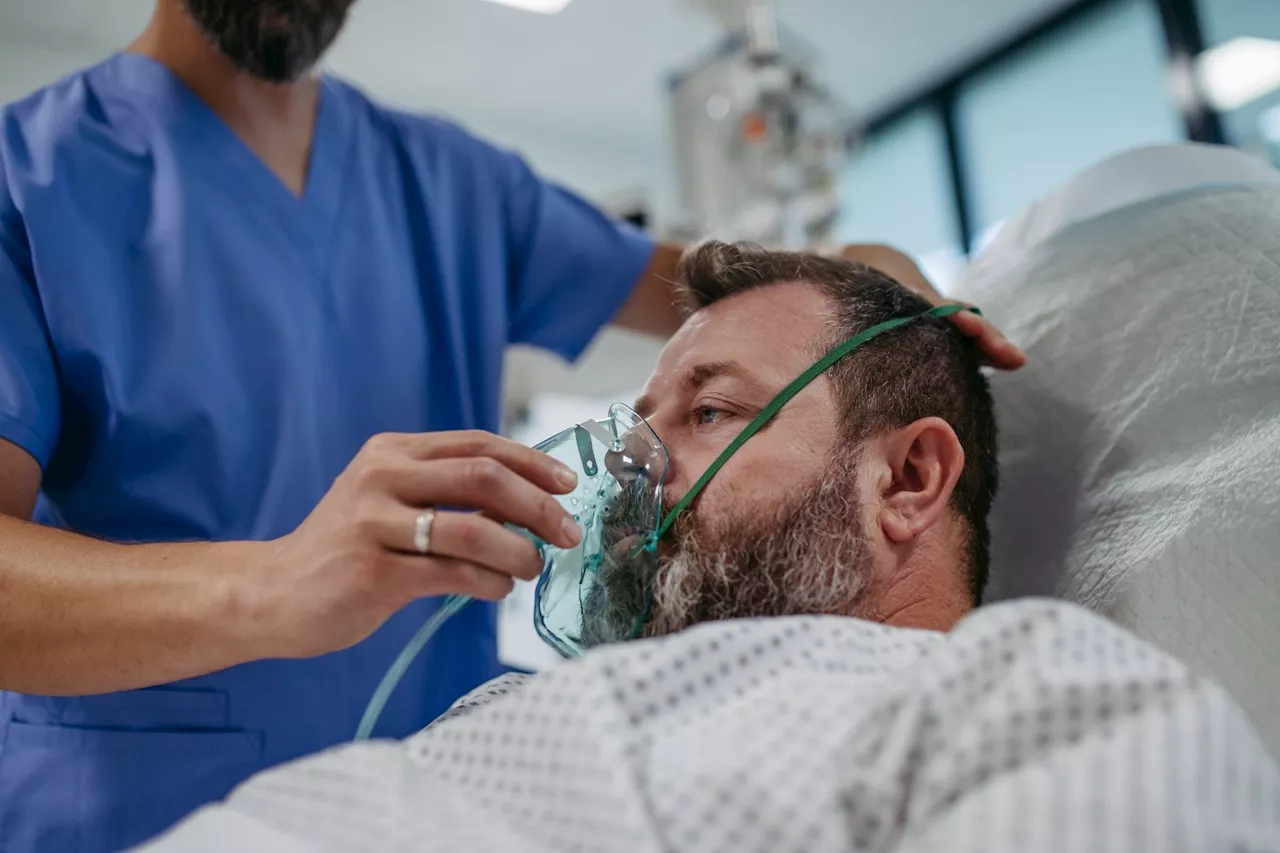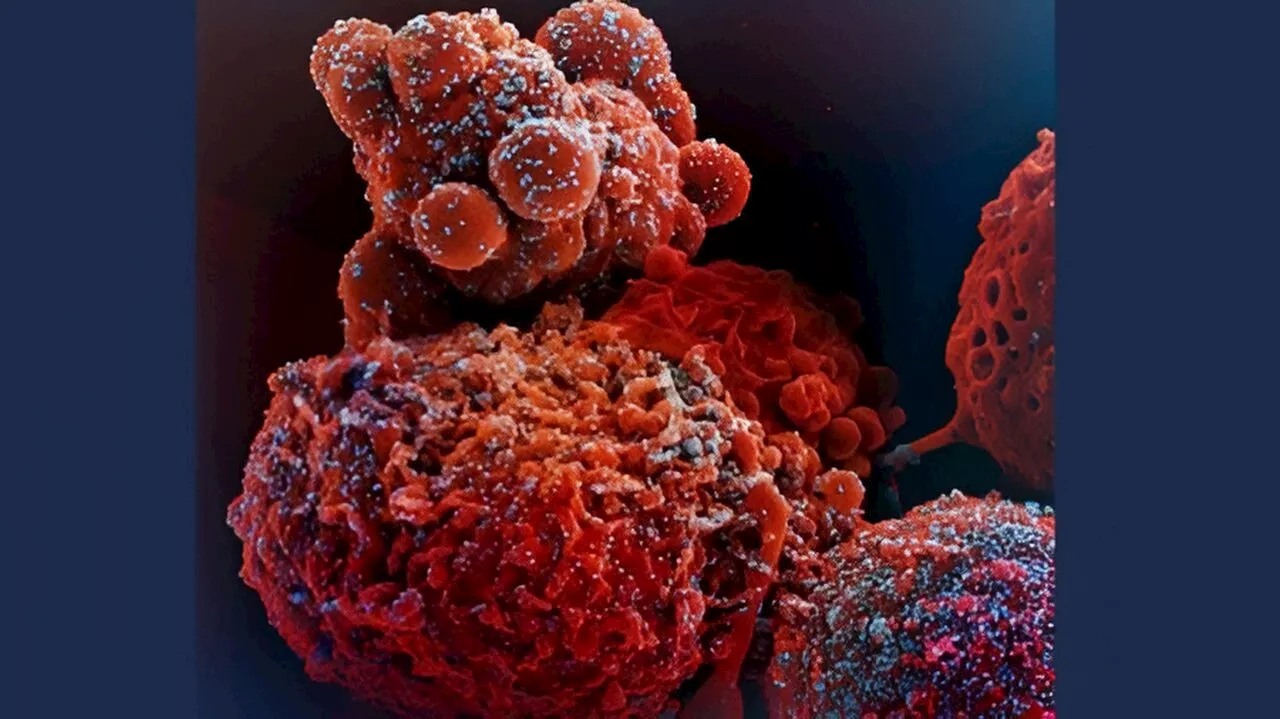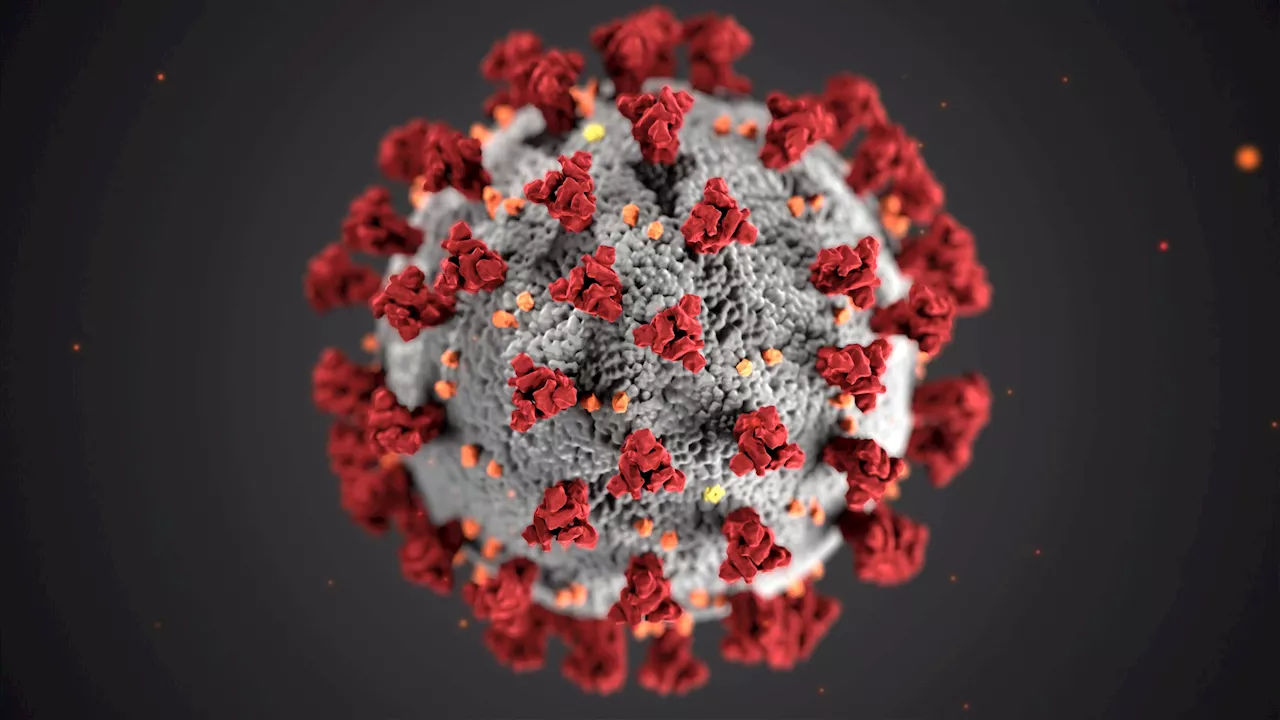Researchers reveal that obesity also increases the risk of contracting COVID-19 following exposure to SARS-CoV-2.
By Dr. Liji Thomas, MDReviewed by Benedette Cuffari, M.Sc.Sep 11 2024 Obesity not only worsens COVID-19 outcomes but also significantly increases susceptibility to infection after exposure to SARS -CoV-2, emphasizing the need for heightened prevention efforts among at-risk populations. Study: Obesity and age are transmission risk factors for SARS -CoV-2 infection among exposed individuals. Image Credit: Studio Romantic / Shutterstock.
Throughout the pandemic, personal protective equipment, hygiene measures, and social distancing were advised by most public health authorities to restrict the transmission of SARS-CoV-2. Despite the widespread distribution of COVID-19 vaccines, continuous mutation of SARS-CoV-2, combined the inability to achieve universal vaccination and variability in the protective effects of available vaccines, have limited their efficacy.
The aim of the current study was to examine susceptibility, which was defined as the risk of testing positive for COVID-19 following suspected exposure. The study period was between March 1, 2020, to January 25, 2021, which ensured that vaccine immunity did not influence the results, as less than 1% of the population of Massachusetts was vaccinated during this period.
Related StoriesObesity was found to increase the risk of testing positive for COVID-19 by 34% as compared to non-obese individuals, thus indicating that obesity confers a higher risk of transmission in this population. The increased risk of productive SARS-CoV-2 infection following exposure was consistent across age groups and sex.
Conclusions It is important to identify and limit risk factors for SARS-CoV-2 infection to avoid its rapid transmission and evolution. Although external risk factors such as close proximity, poor ventilation, and aerosol production, may be easily recognized and modified, the same is not true of internal risk factors like obesity.
Obesity SARS SARS-Cov-2 Coronavirus Diabetes Diabetes Mellitus Hygiene Mortality Mutation Pandemic Personal Protective Equipment Public Health Respiratory Severe Acute Respiratory Severe Acute Respiratory Syndrome Syndrome
United Kingdom Latest News, United Kingdom Headlines
Similar News:You can also read news stories similar to this one that we have collected from other news sources.
 Obesity increases the risk of SARS-CoV-2 infection by 34%Obesity is linked to a 34% higher risk of SARS-CoV-2 infection upon exposure, highlighting the importance of weight management in COVID-19 prevention.
Obesity increases the risk of SARS-CoV-2 infection by 34%Obesity is linked to a 34% higher risk of SARS-CoV-2 infection upon exposure, highlighting the importance of weight management in COVID-19 prevention.
Read more »
 Antibody could offer sweeping protection against evolving SARS-CoV-2 virusResearchers at Northeastern say they've discovered how an antibody could provide broad protection against severe acute respiratory syndrome coronavirus-2 (SARS-CoV-2), the virus responsible for COVID-19—even as it evolves to outwit other of the body's chemical defenses.
Antibody could offer sweeping protection against evolving SARS-CoV-2 virusResearchers at Northeastern say they've discovered how an antibody could provide broad protection against severe acute respiratory syndrome coronavirus-2 (SARS-CoV-2), the virus responsible for COVID-19—even as it evolves to outwit other of the body's chemical defenses.
Read more »
 To subvert immune response, SARS-CoV-2 stimulates production of proteins without protective functionTo evade the human host's immune response, SARS-CoV-2, the coronavirus that causes COVID-19 uses the machinery of defense cells to induce the expression of unproductive isoforms of key antiviral genes—variant forms of genes that result from disrupted splicing or transcription processes and do not code for functional (protective) proteins.
To subvert immune response, SARS-CoV-2 stimulates production of proteins without protective functionTo evade the human host's immune response, SARS-CoV-2, the coronavirus that causes COVID-19 uses the machinery of defense cells to induce the expression of unproductive isoforms of key antiviral genes—variant forms of genes that result from disrupted splicing or transcription processes and do not code for functional (protective) proteins.
Read more »
 Synergistic mutations found in omicron variant of SARS-CoV-2Certain changes in the genetic material of pathogens can alter their ability to infect human cells or protect them better from defense by the immune system. Researchers were able to observe this effect particularly impressively in the SARS-CoV-2 virus.
Synergistic mutations found in omicron variant of SARS-CoV-2Certain changes in the genetic material of pathogens can alter their ability to infect human cells or protect them better from defense by the immune system. Researchers were able to observe this effect particularly impressively in the SARS-CoV-2 virus.
Read more »
 Spike mutations that help SARS-CoV-2 infect the brain discoveredScientists have discovered a mutation in SARS-CoV-2, the virus that causes COVID-19, that plays a key role in its ability to infect the central nervous system.
Spike mutations that help SARS-CoV-2 infect the brain discoveredScientists have discovered a mutation in SARS-CoV-2, the virus that causes COVID-19, that plays a key role in its ability to infect the central nervous system.
Read more »
 Mutation in SARS-CoV-2 spike protein enhances brain infectionScientists have discovered a mutation in SARS-CoV-2, the virus that causes COVID-19, that plays a key role in its ability to infect the central nervous system.
Mutation in SARS-CoV-2 spike protein enhances brain infectionScientists have discovered a mutation in SARS-CoV-2, the virus that causes COVID-19, that plays a key role in its ability to infect the central nervous system.
Read more »
